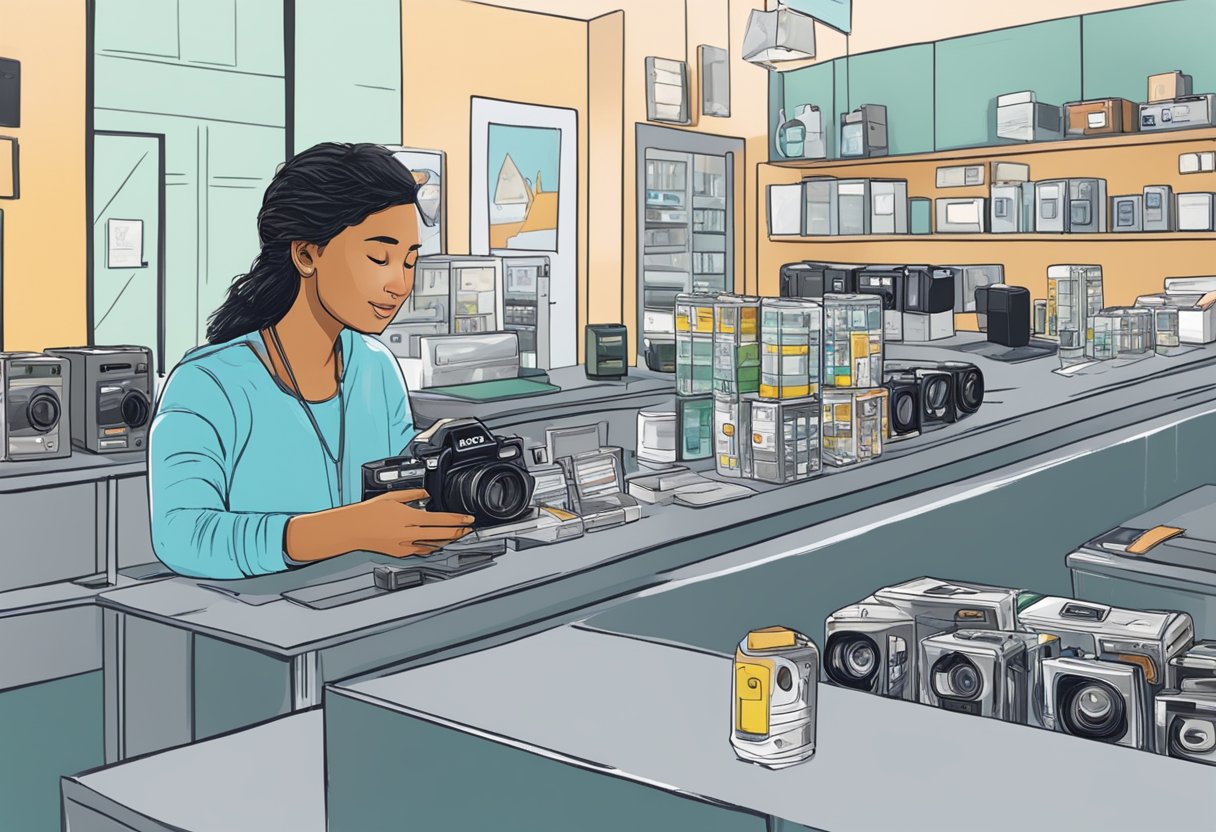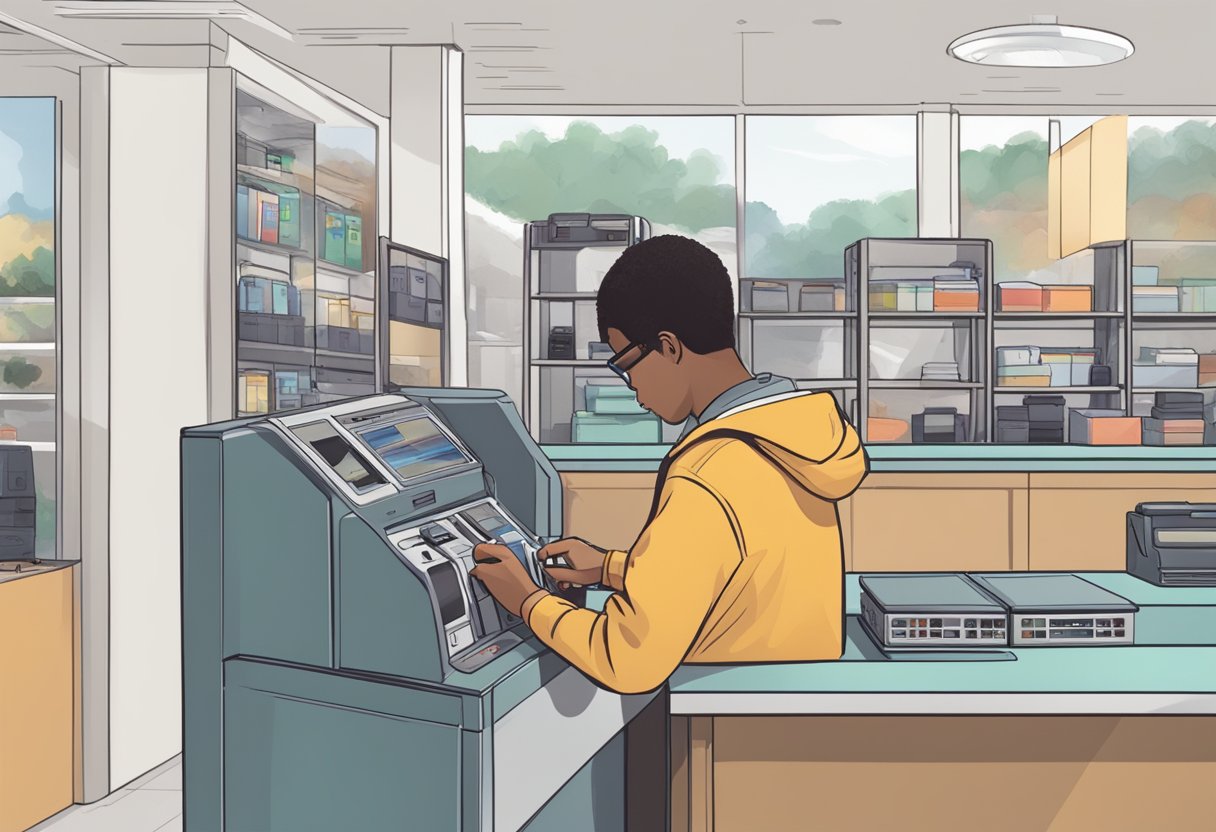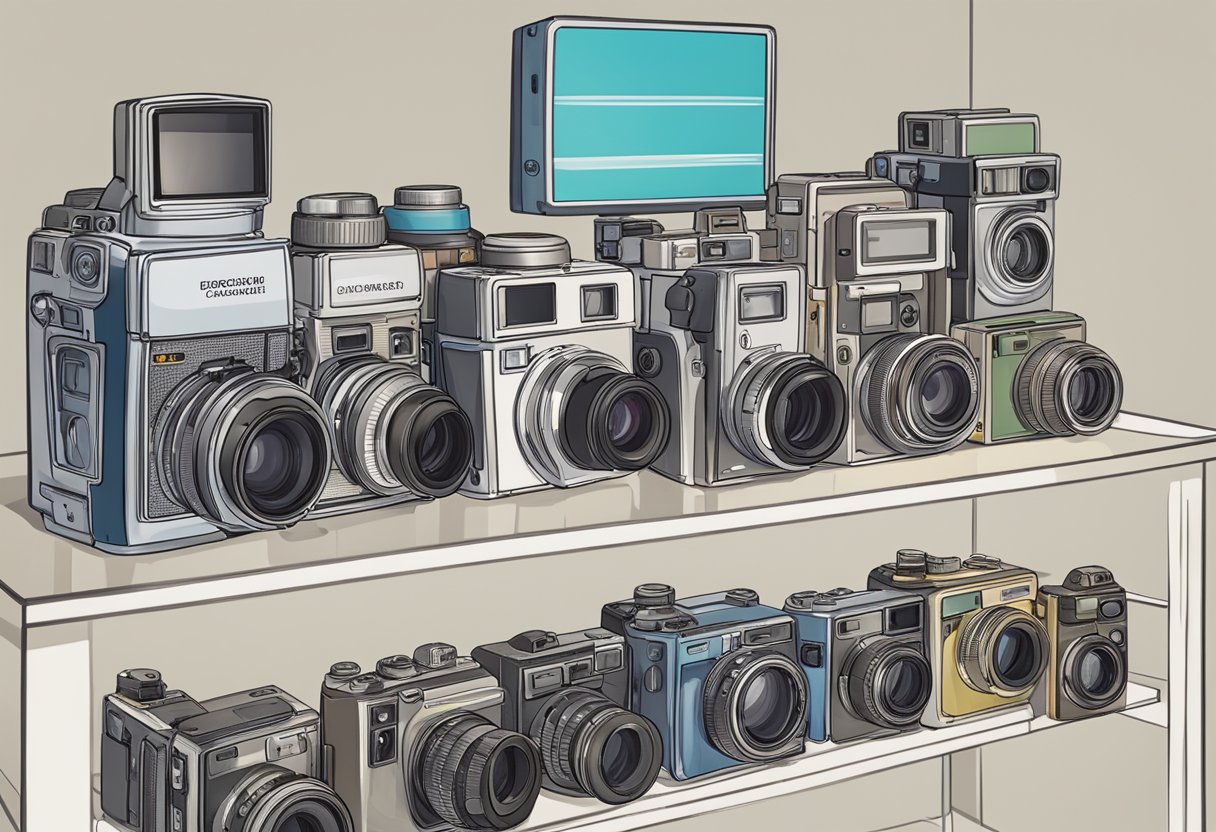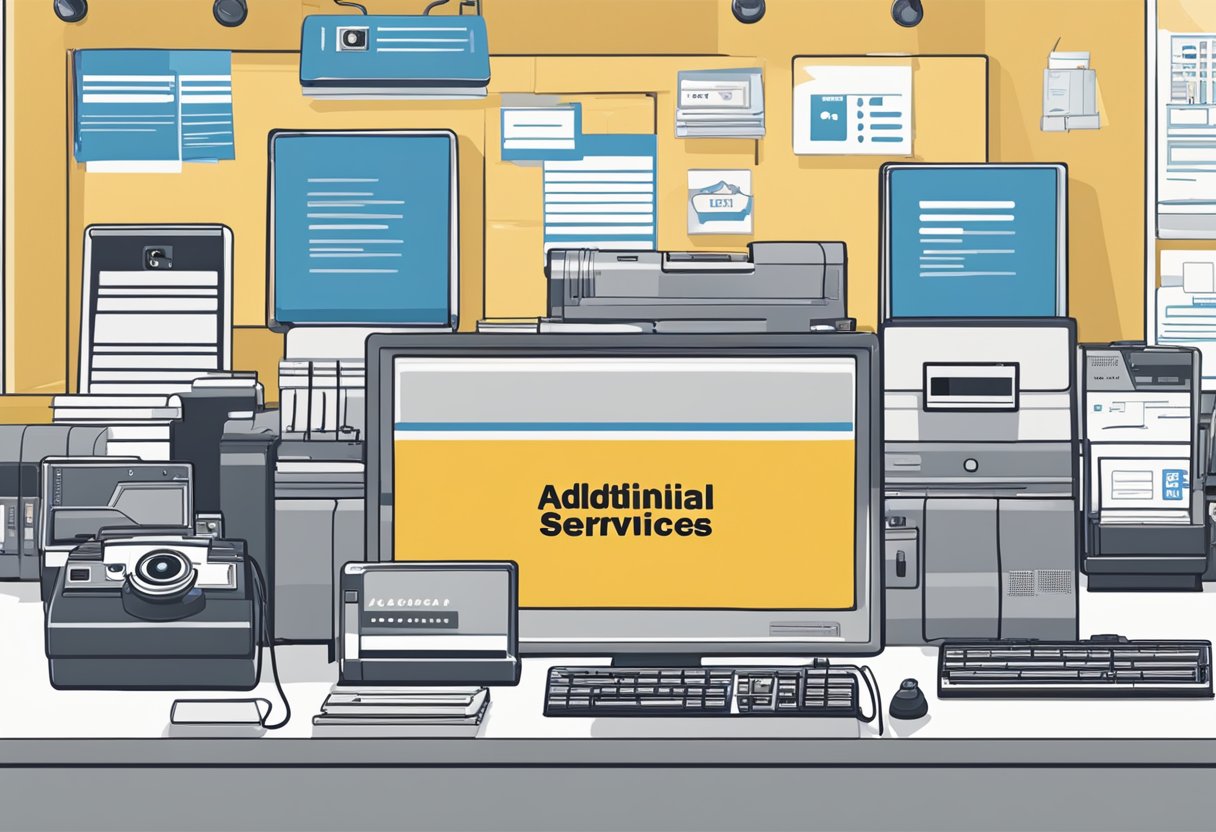If you’re someone who still enjoys using disposable cameras, then you might be wondering where you can get them developed. While digital cameras and smartphones have become the norm, there’s something special about capturing memories on film. Luckily, there are still several options available for getting your disposable cameras developed.

One option is to take your disposable camera to a local drugstore or pharmacy such as CVS or Walgreens. These stores typically offer film developing services and can develop your disposable camera for you. You simply drop off your camera, and they will develop the film and print your photos on traditional photo paper. The process usually takes around 7-10 days, and you can pick up your prints at the store.
If you don’t have a local drugstore or pharmacy nearby, or if you prefer a more convenient option, you can also send your disposable camera to an online film developing service such as The Darkroom. With these services, you simply mail in your camera, and they will develop the film, scan it, and upload the photo files so you can share them with friends and family online. They will also return your developed negatives, something that drugstores and retailers rarely do.
Understanding Disposable Cameras

Disposable cameras, also known as single-use cameras, are a type of film camera that comes preloaded with film. They are designed to be used once and then disposed of. Disposable cameras are popular for their convenience and affordability, making them a great option for casual photography.
Types of Disposable Cameras
There are two main types of disposable cameras: those with a fixed focus lens and those with an autofocus lens.
Fixed focus lens disposable cameras are the most basic type. They have a lens that is set to a fixed focus distance, usually around 4 feet to infinity. This means that everything from 4 feet away to infinity will be in focus. These cameras are generally cheaper and simpler to use than autofocus disposable cameras.
Autofocus disposable cameras, on the other hand, have a lens that can adjust its focus automatically. This allows for greater flexibility in composition and can result in sharper images. However, autofocus disposable cameras are generally more expensive than fixed focus lens cameras.
How Disposable Cameras Work
Disposable cameras are essentially a canister that contains film, a lens, and a shutter. When you press the shutter button, the shutter opens for a fraction of a second, allowing light to enter the camera and expose the film. The film is then advanced to the next frame, and the process repeats.
Disposable cameras typically have a fixed shutter speed and white balance, which means that they are not as customizable as other types of film cameras. However, this also makes them easier to use, as you don’t need to worry about adjusting settings like shutter speed and white balance.
Once you have finished taking photos with a disposable camera, you will need to have the film developed in order to see your images. There are a variety of places where you can get disposable cameras developed, including online services and physical stores.
Where to Develop Disposable Cameras
If you’ve got a disposable camera full of memories, you might be wondering where to get it developed. Luckily, there are several options available to you.
Retail and Drugstore Options
Many retail and drugstore chains offer film processing services, including disposable camera developing. CVS and Walgreens are two examples of drugstores that offer film processing services. You can bring in your disposable camera to have it developed and printed on high-quality traditional photo paper. The process usually takes 7-10 days, and you can pick up your prints at the store when they’re ready.
Specialized Photo Labs
If you’re looking for a more specialized option, you can try a photo lab that specializes in film processing. Process One and Richard Photo Lab are two examples of photo labs that offer disposable camera developing services. These labs typically offer a wider range of film processing options and can provide higher-quality prints.
Online Film Developing Services
Another option is to use an online film developing service. The Darkroom and Mpix are two examples of online services that offer disposable camera developing. With these services, you can mail in your disposable camera, and they’ll develop the film, scan it, and upload the photo files so you can share them with friends online. These services usually offer a faster turnaround time than traditional retail or photo lab options.
No matter which option you choose, it’s important to handle your disposable camera carefully to ensure the best possible results. Keep it away from heat and moisture, and avoid exposing it to gamma radiation, which can damage the film. With a little care and attention, you can preserve your memories for years to come.
Understanding Film Development

If you are new to film photography, you may not be familiar with the process of developing film. Film development is the process of converting the latent image on the film into a visible image that can be printed or scanned. In this section, we will cover the basics of film development.
The Film Development Process
The film development process involves several steps. First, the film is loaded into a developing tank or reel, which is then placed into a developing solution. This solution develops the film by converting the exposed silver halides into metallic silver. The film is then rinsed in a stop bath to halt the development process, followed by a fixer solution that removes the unexposed silver halides from the film. Finally, the film is rinsed in water to remove any remaining chemicals and dried.
Types of Film and Development Needs
Different types of film require different development needs. For example, black and white film is developed using different chemicals and processes than color film. Slide film, also known as transparency film, requires a special development process to produce a positive image that can be projected or viewed directly. Additionally, medium format film and 35mm film have different development needs.
When you develop disposable cameras, you must also consider the type of film used. Disposable cameras typically use 35mm film, but some may use APS or 110 film. It is important to note that when you develop disposable cameras, you may not receive your negatives back. Some labs only return the prints or scans, while others may charge an additional fee to return the negatives.
In conclusion, understanding the film development process and the types of film and development needs is essential for anyone interested in film photography. Whether you are developing your own film or sending it to a lab, knowing the basics can help you achieve the best possible results.
Factors Affecting Development Quality and Cost

When it comes to developing disposable cameras, there are several factors that can impact the quality of the results, as well as the cost. In this section, we’ll explore two key factors that can affect the development of your film: film type and ISO, and storage conditions.
Impact of Film Type and ISO
The type of film you use can have a significant impact on the quality of your photos. For example, black and white film can create a classic, timeless look, while color film can be more vibrant and eye-catching. Additionally, the ISO rating of your film can affect the amount of graininess in your photos, as well as the amount of light needed to capture a clear image.
Higher ISO ratings are generally better for low-light situations, but can also result in more graininess. Lower ISO ratings are better for bright, well-lit environments, but may require a longer exposure time.
Effects of Storage Conditions on Film
The way you store your disposable camera can also impact the quality of your photos. Heat and moisture can cause damage to the film, resulting in blurry or discolored images. It’s important to store your camera in a cool, dry place to prevent any damage.
Additionally, the expiration date of your film can also affect the quality of your photos. Expired film may result in a loss of color saturation or clarity, and may also require longer exposure times.
Overall, it’s important to consider these factors when choosing a disposable camera and when storing it prior to development. While some of these factors may be out of your control, taking steps to protect your camera and choosing the right film type and ISO can help ensure the best possible results.
Additional Services and FAQs

Extra Services Offered by Developers
Developers may offer additional services beyond just developing and scanning your disposable camera. Some developers offer printing services, allowing you to order physical prints of your photos. Others may offer photo gifts, such as canvas or metal prints, that you can give as a gift or display in your home. If you’re looking to use your disposable camera photos for a special event, some developers may offer services specifically for events and weddings.
When choosing a developer, it’s important to consider their turnaround time. Some developers may offer faster turnaround times than others, but this may come at an additional cost. Make sure to check the developer’s website or contact them directly to get an accurate estimate of when you can expect your photos to be ready.
Common Questions About Developing Disposable Cameras
What is included in the scanning process?
When you get your disposable camera developed, the developer will typically scan your negatives and provide you with digital copies of your photos. Some developers may offer additional scanning options, such as higher resolution scans or scans with color correction. Make sure to check the developer’s website or contact them directly to see what scanning options they offer.
Can I get my Advanced Photo System (APS) film developed?
Yes, you can still get your APS film developed. However, not all developers may offer this service, so make sure to check with the developer before sending in your film.
How long do I have to develop my disposable camera?
Most disposable cameras need to be developed within six months of being used. After that, the quality of the photos may start to degrade. However, some disposable cameras may have a longer shelf life, so make sure to check the expiration date on your camera before using it.
Can I get prints of my disposable camera photos?
Yes, many developers offer printing services for your disposable camera photos. Make sure to check the developer’s website or contact them directly to see what printing options they offer.
What if I have a problem with my order?
If you have a problem with your order, such as missing or damaged photos, make sure to contact the developer as soon as possible. Most developers will have a customer service team that can help you resolve any issues.
